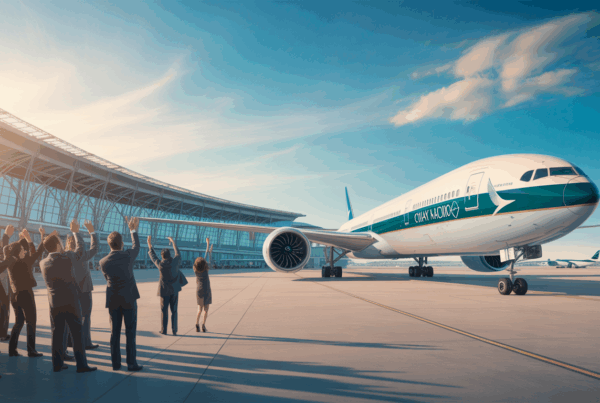An unusual incident affects the Boeing 737 while a problem in the toilets revealed critical flaws in the locking systems. The investigation, carried out by FAArevealed that the malfunction could compromise the safety of passengers and flight crews. As a result, the U.S. aviation authority is demanding a complete overhaul of the locking system to prevent future risks. Engineers are mobilizing to bring about rapid technical improvements to guarantee optimum performance and enhanced safety levels in commercial aviation. The strict new measures should be applied immediately by all.
An unexpected incident recently took place in the toilets of a Boeing 737 drew attention to the lock of the unit. The problem identified led FAA to call for a complete overhaul of the existing system, a move that comes at a time when air safety measures are being stepped up.
Background to the incident
During a scheduled flight, the crew noticed a malfunction in the internal mechanisms of the toilets. This incident not only disrupted passenger flow, but also opened the debate on the robustness of the locking systems installed. The situation is reminiscent of other on-board safety issues, such as the management of openings at altitude, which you can explore in detail by consulting this article on cabin safety instructions.
Technical analysis of the locking system
Initial technical analyses indicate that the incident is linked to a faulty design that could compromise the overall safety of the aircraft. The FAA reacted swiftly by calling for a review of the lockto guarantee better protection for passengers and crew. In a context where even mistakes have been admitted by some of the company's managers BoeingA coordinated international response is essential.
Implications for air safety
The incident highlights the need for a rapid review of cabin safety standards. The overhaul requested by the FAA is not just about correcting an isolated technical flaw: it represents a broader ambition to prevent any future risk. This change could be part of a series of modifications already observed in the industry, from the rigorous management of technical operations a comprehensive review of emergency procedures.
Impact on on-board incident management
Alongside this overhaul of the locking systems, other recent cases have shown how minor incidents can rapidly evolve. For example, problems related to objects lost on board have sometimes led to unplanned diversions, as detailed in this presentation on the problem of a smartphone lost on board. These events, though different in nature, underline the importance of meticulous safety management at every stage of the flight.
Regulatory procedures and next steps
The request to overhaul the lock from Boeing 737 is part of a more global approach to improving safety systems. Visit FAA works closely with manufacturers to identify weaknesses and implement effective solutions. This review process is comparable to the recent enhanced security measures at major airports, such as those implemented at Washington's Reagan airport, mentioned in this article.
Impact on passenger perception
Beyond the technical and regulatory aspects, this incident has had a significant impact on passenger perceptions of in-flight safety. Passengers expect total transparency and effective preventive measures from airline operators. The revision of the lock is an important step in this direction, reassuring users and boosting confidence in on-board services.
Boeing 737 incident comparison
| Criteria | Details |
|---|---|
| Context | An isolated incident in the toilets drew the attention of the authorities. |
| Device concerned | Boeing 737 involved in the event. |
| Regulatory authority | Visit FAA intervenes to reassess safety. |
| Technical problem | Failure in the locking systems sanitary facilities. |
| Impact on safety | The situation poses a heightened in-flight risk. |
| FAA Directive | Calls for a complete overhaul of the locking mechanisms. |
| Manufacturer's liability | In-depth review of maintenance procedures for Boeing. |
| Preventive measures | Reinforcement of system testing and quality control. |
| Communication | Clear information on safety procedures. |
| Avenir | Update standards to prevent recurrence. |




